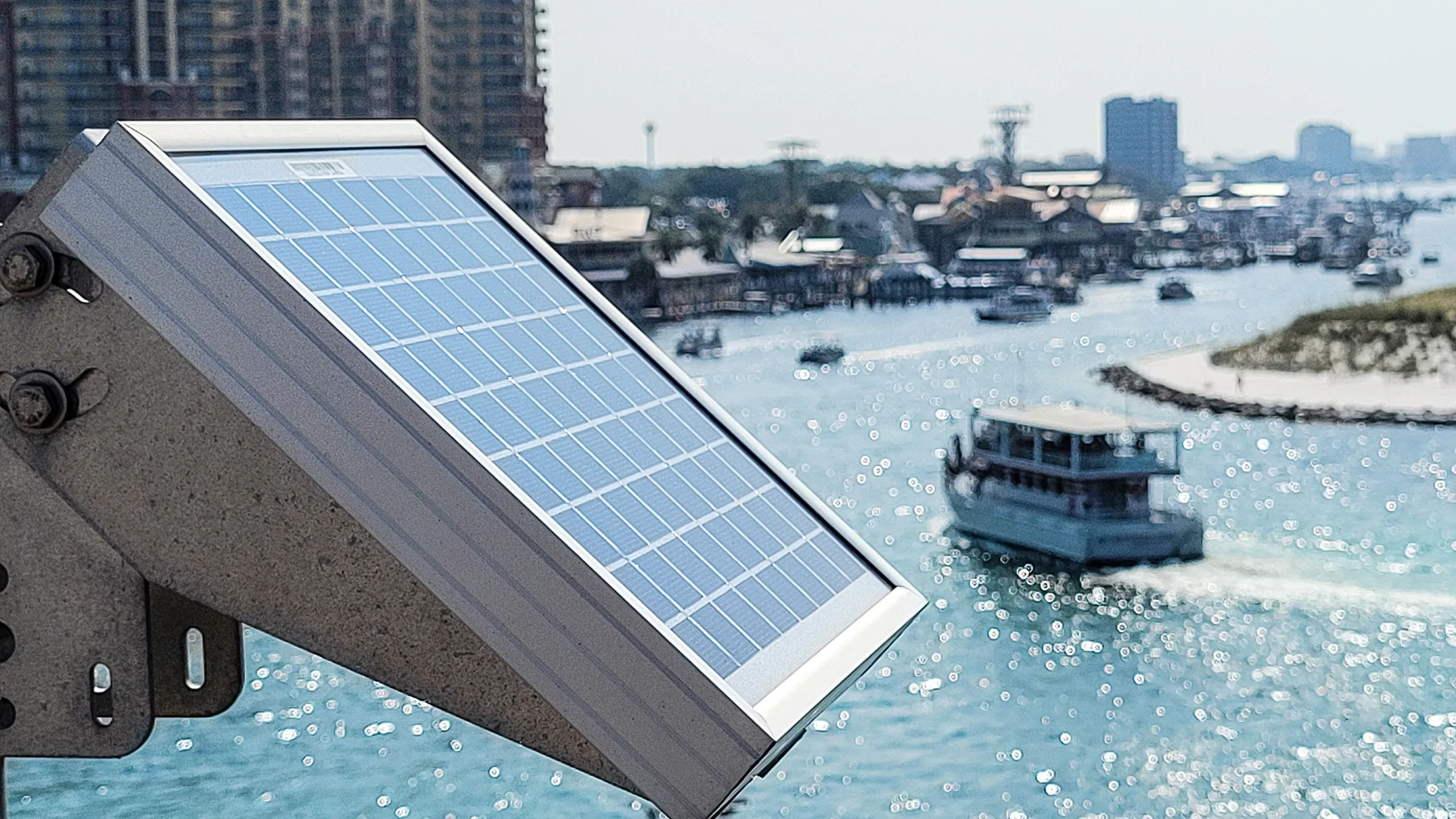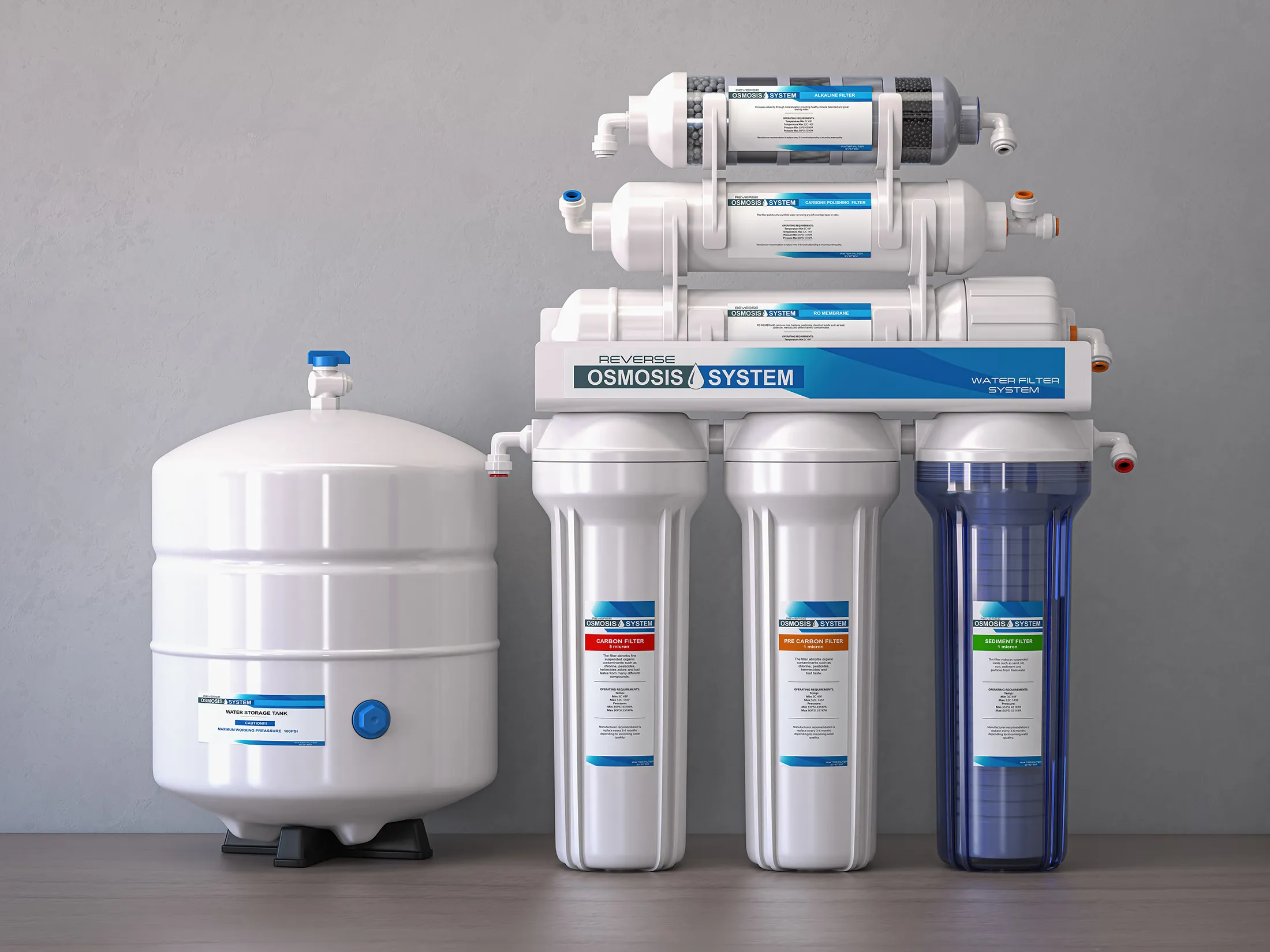When it comes to securing sustainable freshwater sources to meet escalating global demand, many people will want to answer the question, “Is desalination expensive?” As communities worldwide grapple with water scarcity, our sailboat desalination manufacturer delves into the intricate landscape of desalination costs, exploring the factors that contribute to expenses and examining the technologies that strive to make this invaluable resource accessible. Continue reading below to learn more from the desalination specialists at ECHOTec.
Why Is Desalination Expensive?
Desalination, while acknowledged for its efficacy in providing a solution to water scarcity, can indeed be associated with certain costs. The intricate processes involved in transforming seawater into a viable freshwater source, particularly through advanced technologies like reverse osmosis, can contribute to initial expenses. There are many aspects to consider when you are contemplating the costs of desalination. These factors include infrastructure, energy consumption, and maintenance, which all play pivotal roles in determining the overall cost of desalination projects. However, it is crucial to view these expenses in the broader context of securing a reliable and sustainable water supply, especially in regions facing acute water shortages. The investment in desalination not only addresses immediate needs but also serves as a long-term commitment to water resilience. As technology advances and economies of scale come into play, the cost-effectiveness of desalination is becoming more apparent, making it a worthwhile investment in securing the future of freshwater resources for communities worldwide.
Some good reverse osmosis systems include:
Can Desalination Be Cheap?
Desalination, in certain circumstances, has the potential to be a cost-effective solution, especially when partnered with advancements in technology and economies of scale. While the initial setup and infrastructure costs associated with desalination projects can be significant, ongoing improvements in efficiency and innovation contribute to driving down operational expenses. In regions where traditional freshwater sources are scarce and alternative options are limited, the long-term benefits of desalination may outweigh the initial investment. One of the best marine watermakers for this purpose is easily the BHL Series.
The Cost of Desalinated Water vs. Fresh Water
The cost of desalinated water compared to fresh water from traditional sources is a multifaceted consideration that involves various factors. Desalination, often initially associated with higher costs due to infrastructure, energy, and maintenance expenditures, has witnessed a decline in expenses over time with technological advancements. However, it generally remains more expensive than freshwater derived from conventional sources like rivers or reservoirs. The energy-intensive nature of desalination processes, particularly reverse osmosis, contributes to this cost disparity. In regions with abundant freshwater resources, traditional sources may be more economically viable.
Even though it is more costly, reverse osmosis stands out as a worthwhile and efficient water purification method for several reasons. In the context of desalination, it excels in removing salts and impurities from seawater, ensuring the production of high-quality fresh water. The technology’s effectiveness lies in its utilization of specialized membranes that selectively permit water molecules to pass through while blocking contaminants. In areas with freshwater lakes and rivers that are dirty, this can be a real difference maker.
More About ECHOTec Watermakers
ECHOTec Watermakers is a dedicated manufacturer of reverse osmosis watermakers. We offer a wide collection of products, including solar watermakers, desalination systems for homes, and more. Contact us today to learn more.


